Invasive "Burning Bush"
boothbay
9 years ago
Related Stories

GARDENING GUIDES6 Plants That Beat Butterfly Bush for the Wildlife Draw
It's invasive, a nonnative and a poor insect magnet. Check out these better alternatives to butterfly bush in the garden
Full Story
GARDENING GUIDESDo You Have This Invasive Plant in Your Yard?
Garlic mustard is spreading across the U.S. Here’s how to spot it and what to do
Full Story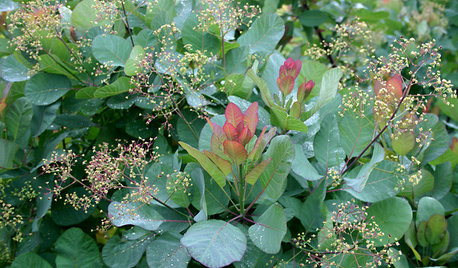
LANDSCAPE DESIGNGreat Design Plant: Old Fashioned Smoke Bush
Balance garden color with this shrub's cool blue-green foliage, luminous when backlit and sporting yellow-green flowers in spring
Full Story
CONTAINER GARDENSPatio-Perfect Berry Bushes Like You’ve Never Seen
Small enough for pots but offering abundant fruit, these remarkable bred berries are a boon for gardeners short on space
Full Story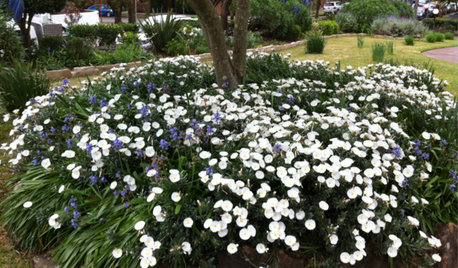
GARDENING GUIDESGreat Design Plant: Convolvulus Cneorum
Bush morning glory’s silvery foliage is transformed every day as pinkish buds open to reveal white flowers
Full Story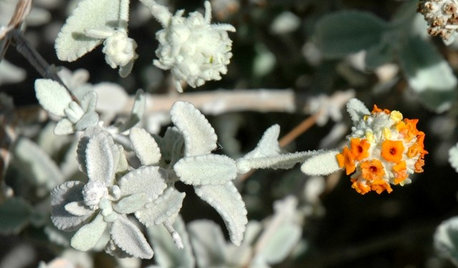
GARDENING GUIDESGreat Design Plant: Buddleja Marrubiifolia
Beautiful color, soft texture and the ability to thrive in the extreme temperatures of the Southwest make woolly butterfly bush a winner
Full Story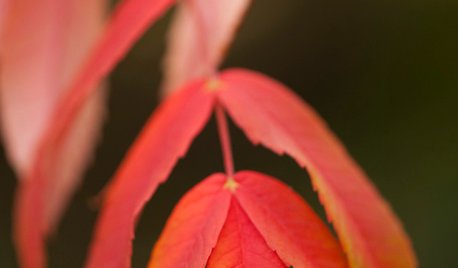
RED FOLIAGEGreat Design Tree: Staghorn Sumac
This fall superstar burns bright red and orange in the landscape — just keep an eye on its spread while you watch the show
Full Story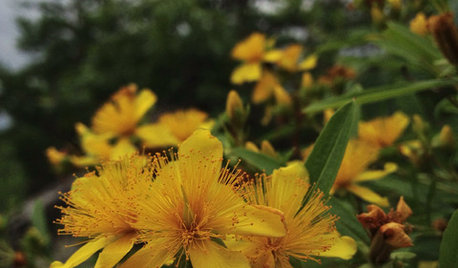
GARDENING GUIDESHypericum Prolificum Brings the Best of St. Johnswort to the Garden
This eastern North American species pairs bright yellow summer flowers with compact shrubbery
Full Story
GARDENING GUIDESGarden-Friendly Native Alternatives to Overplanted Exotics
There are lots of gorgeous, wildlife-friendly native plants ready to make an appearance in your garden
Full Story
GRASSES10 Ways to Use Ornamental Grasses in the Landscape
These low-maintenance plants can add beauty, texture and privacy to any size garden
Full Story





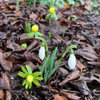

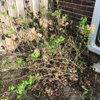
gardenweed_z6a
gardengal48 (PNW Z8/9)
Related Professionals
Maple Valley Landscape Architects & Landscape Designers · Surprise Landscape Architects & Landscape Designers · Arlington Landscape Contractors · Brunswick Landscape Contractors · Edinburg Landscape Contractors · Galveston Landscape Contractors · Golden Gate Landscape Contractors · Goodlettsville Landscape Contractors · Melrose Landscape Contractors · Monterey Landscape Contractors · Paso Robles Landscape Contractors · Saint John Landscape Contractors · Selden Landscape Contractors · Seymour Landscape Contractors · Bull Run Specialty Contractorsrusty_blackhaw
gardengal48 (PNW Z8/9)
ken_adrian Adrian MI cold Z5
paul_
sherrygirl zone5 N il
rusty_blackhaw
prairiemoon2 z6b MA
prairiemoon2 z6b MA
dbarron
prairiemoon2 z6b MA
NHBabs z4b-5a NH
raee_gw zone 5b-6a Ohio
sherrygirl zone5 N il
gardengal48 (PNW Z8/9)